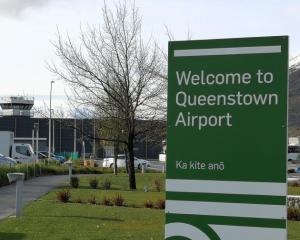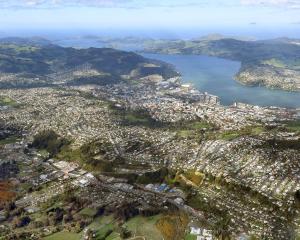
He spoke in Blackball yesterday afternoon to release the government’s seven-point minerals strategy, saying he wants to double the mining sector’s export value to $2billion over the next 10 years.
The location of Blackball was planned by Mr Jones, who had previously said the birthplace of the Labour Party was an apt place to launch the new mining strategy.
Mr Jones did not mince his words when talking about the new strategy.
"The past several decades have seen mining promoters sidelined or stigmatised," he said.
"It is high time that the tables were turned and facts replaced tales of woe and exaggeration. We all want wealth and resilience. Trade-offs are necessary. Mitigation is key to achieving balance.
"We have a vast estate of minerals opportunities due to our dynamic tectonic history, yet we currently don’t have a clear picture of what we possess and its economic potential, the minerals needs of our country, or what we could supply to global markets."
Schedule 4 (protected) conservation land is off the table, but he said he was open to mining stewardship land and other categories of Department of Conservation land.
He also wanted to change attitudes to mining, and use the industry to boost the economy.
"We have barely scratched the surface when it comes to our potential," he said in a foreword to the strategy.
New Zealand’s "vast" mineral reserves were largely unexplored.
Other countries used their minerals sectors as cornerstones of their economy to support the sustainability of their regions, increase resilience and boost prosperity.
To reach net-zero emissions by 2050, the world would need six times more minerals for low-emissions technology than were now being extracted. The production of electric vehicles, batteries, wind turbines and solar panels were already driving significant minerals demand.
"We have a choice to make — do we contribute to and benefit from this growing market, or do we become the recipients of other countries’ economic effort and output?
"I want New Zealand to be part of the solution. I want to us to contribute to secure, resilient and sustainable global minerals supply chains.
"We can do it on our terms, using modern technology with a light touch on the environment and high employment standards. The environmental impacts of mining can and will be managed to the highest standard."
The government would take the resources sector from "open for business" to "doing business", he said.
The strategy would improve data on New Zealand mineral resources and GNS would complete a detailed stocktake of New Zealand’s known mineral potential within a year.
It would ensure secure, affordable and responsible access to the minerals New Zealand needed with a list of critical minerals that were key to economic needs and strategic interests.
Within a year a one-stop shop fast-track approvals regime would be introduced to accelerate the development of regional and national projects of significance, including mining projects.
The RMA would be amended and permits from New Zealand Petroleum and Minerals would be streamlined.
— Greymouth Star












